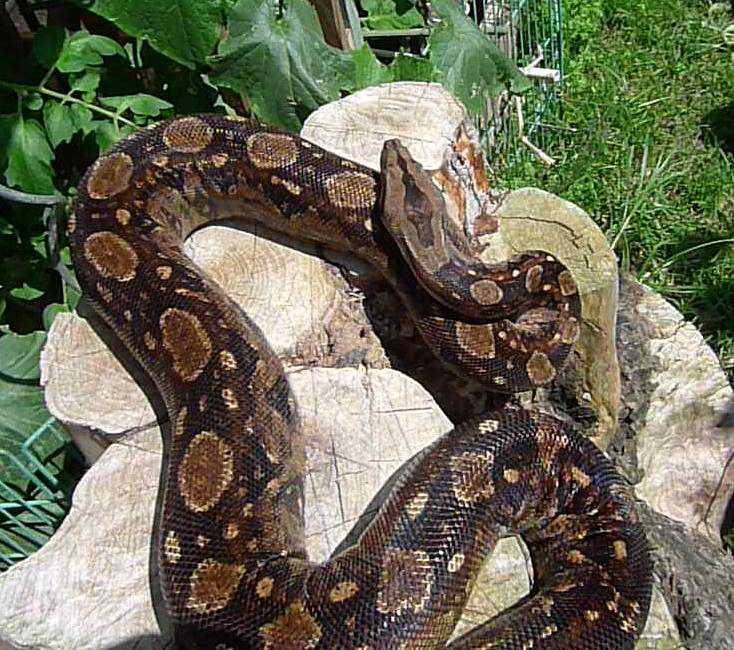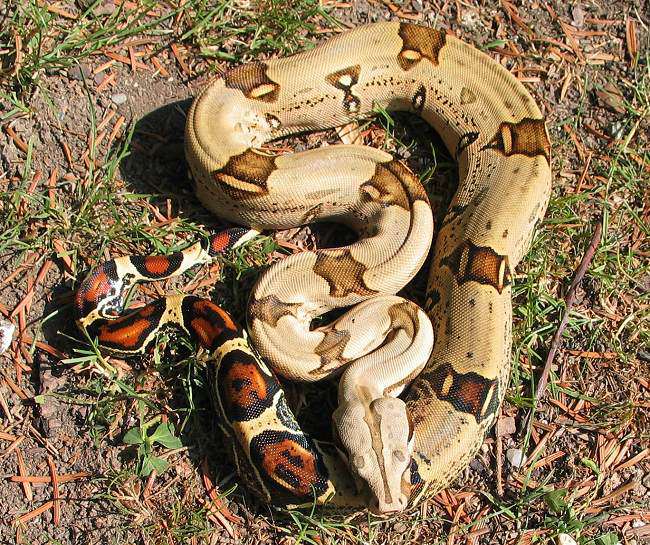

When they do go up for sale, they are usually at least $200-$300 each. The “true” is added in to distinguish them from common boas (Boa constrictor imperator), which are often erroneously advertised as “red-tailed boas” although they are a separate species.īoa constrictor constrictors are elusive and sought-after in the pet trade.

Though they are the archetypal boa constrictor, they are less widespread than Boa constrictor imperator.īoa constrictor constrictors are often nicknamed “true red-tailed boas,” due to the very vivid red markings on their tails. They are found commonly across the northern parts of South America, including Brazil, Guyana, Suriname, Venezuela, and Peru. The “original” boa constrictor, first described and defined in scientific literature, is the nominate species Boa constrictor constrictor. Boa Constrictor Constrictor: the “True” Red-Tailed Boa Let’s take a brief look at the different subspecies and what distinguishes them from each other. There are 10 subspecies of the boa constrictor. Though they are often feared as dangerous, man-eating snakes, they usually do not grow large enough to prey upon humans.īoa constrictor-related incidents, according to the Humane Society, usually involve very large specimens attacking young children. These saddles become larger and rounder on the tail, giving them the appearance of having a red tail.īoa constrictors mainly hunt small mammals and birds, and occasionally reptiles such as lizards. Wild-type or “normal” boa constrictors are a cream to light brown in color, with a number of reddish-brown saddles along their bodies. They can reside in rainforests, woodlands, and semi-arid areas. Boa constrictors live exclusively in tropical areas where temperatures are high. One specimen, identified in the zoological journal Spixiana, was at least 14 feet long. Captive snakes tend to grow larger than wild ones, and females tend to be bigger than males. Boa constrictors are a large snake that often grows to 10 feet long, or much longer. The geographical range of the boa constrictor extends from the southern parts of Mexico, in North America, down to Argentina in South America. They are famous for their method of killing prey: constricting animals until they die from restricted blood flow. “That means turning on two sets of ribs, or turning on nothing, or turning on another set in the hind and then immediately switching it back to the front.1.4.5 Head Shape What Are Boa Constrictors?īoa constrictors are a large, non-venomous snake native to the Americas. “These snakes can very discreetly shift which subset of ribs they are using to ventilate, at will,” Capano says. Using a technique to study muscle activity revealed that the boas can control which rib muscles to move. This activity was a “wilful” choice by the snakes, he adds. This would draw air through the upper lung region, where oxygen could exchange with carbon dioxide so that true respiration could continue to occur. The researchers realised that when the upper lung region was constricted, the snakes were using these lower ribs to inflate and deflate the saccular lung area, says Capano. And when the higher ribs weren’t constricted, the saccular region ribs stayed still, says Capano.

In particular, when the cuff covered the region over the upper lungs, the snakes would start moving the ribs around the saccular lung region. X-ray videos revealed that when any one section of ribs was constricted by the cuff, the snakes moved other ribs elsewhere in the body to compensate.

They placed a human blood pressure cuff over different parts of three boa constrictors ( Boa constrictor) and observed the body movement of each during hissing – which requires deep breathing. Like many biologists, Capano and his colleagues wondered if this so-called “saccular” lung region played a role in helping boas breathe during the relatively long constriction process. Read more: Boa constrictor strangles two marmosets at once in a world first


 0 kommentar(er)
0 kommentar(er)
